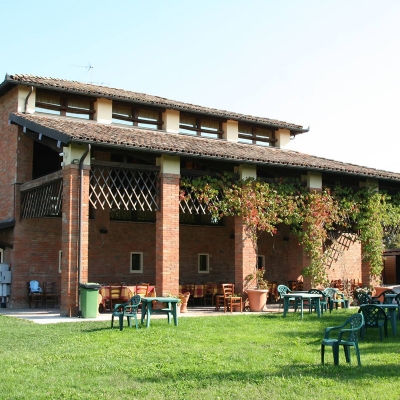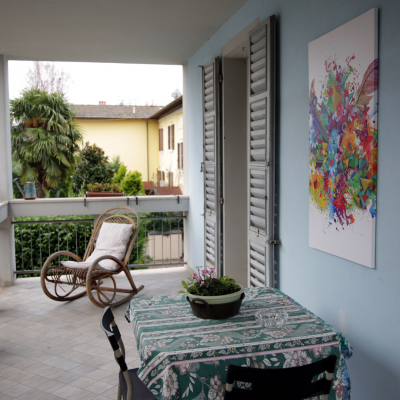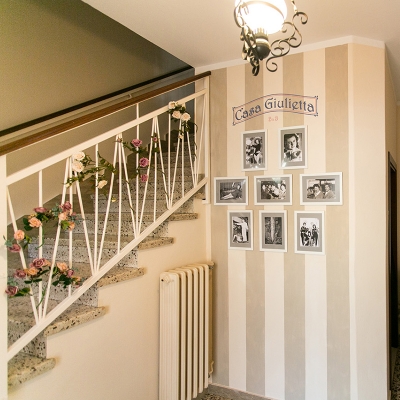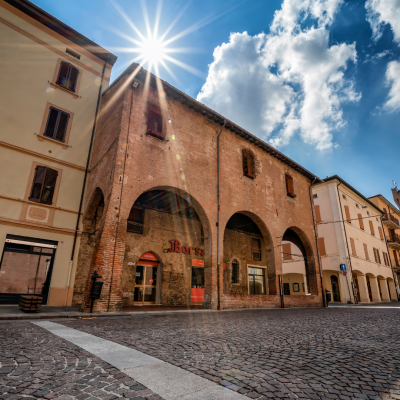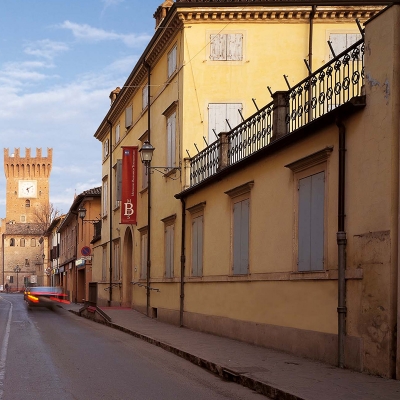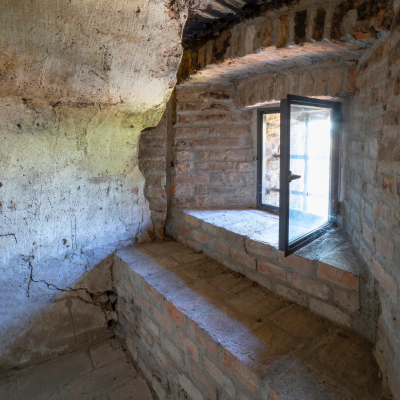The Spinning Mill (Filanda)
L'importanza dei bachi da seta nella storia economica di Spilamberto
The current public library of Spilamberto was, for a long time, the site of the spinning mill for the processing of silkworms. The marchioness, Bianca Rangoni who founded a workshop in the Parish of Sant’Adriano, was the instigator of the production, who in 1609 sought out a master spinner by the name of Ugolino of Bologna. The factory became operational in 1610 and the Castellano Canal was built, taking water from the larger San Pietro Canal, to provide the new factory with the necessary power.
In 1885, the spinning mill fell into the ownership of Cav. Giuseppe Erba of Milan, who continued operations until the First World War. It was then reopened in 1923 and used up until a few years before the outbreak of the Second World War when it finally fell into disuse.
The silkworms used at the spinning mill were all farmed in the area and it was an activity practised by a lot of families in the area of Spilamberto. Silkworm rearing traditionally started 25th April, the day of San Marco, and came to an end 24th June, the day of San Giovanni, patron saint of the town, the same day on which the “the cocoon market” took place. For this reason, since its construction, the spinning mill has been an important symbol for the economy of Spilamberto and the adjacent area, not only for the production inside but also for the canal leading to it.
In 1907, the spinners (or silk workers), all female and mostly children, organised a big strike which brought about a fairer wages and more humane treatment. By doing so, they helped bring about one of the first labour laws in Italian history. Once decommissioned, the spinning mill was home to the Provincial Agrarian Syndicate until 1979 and then became the public library.
